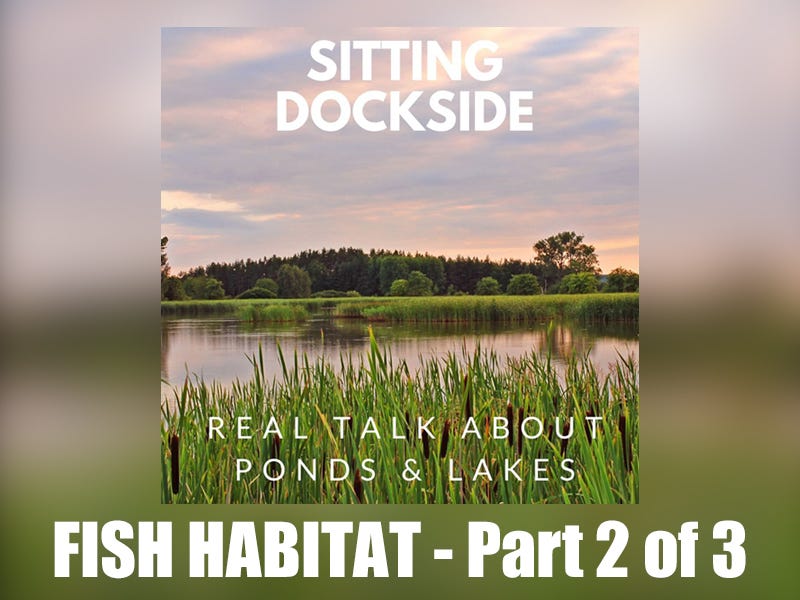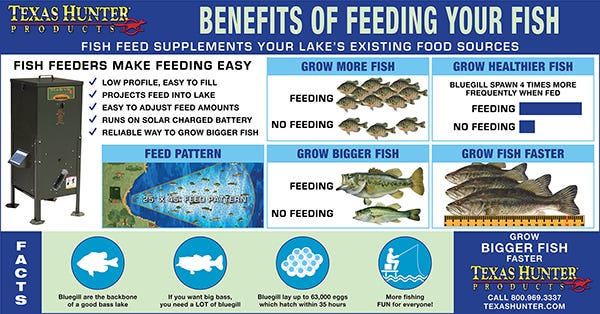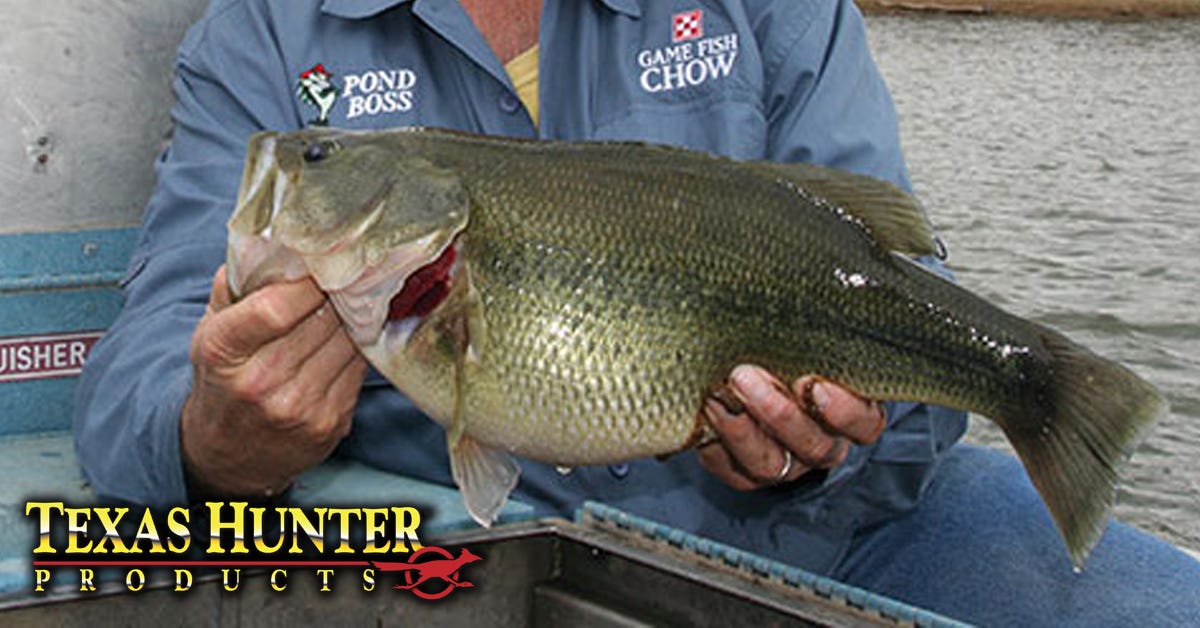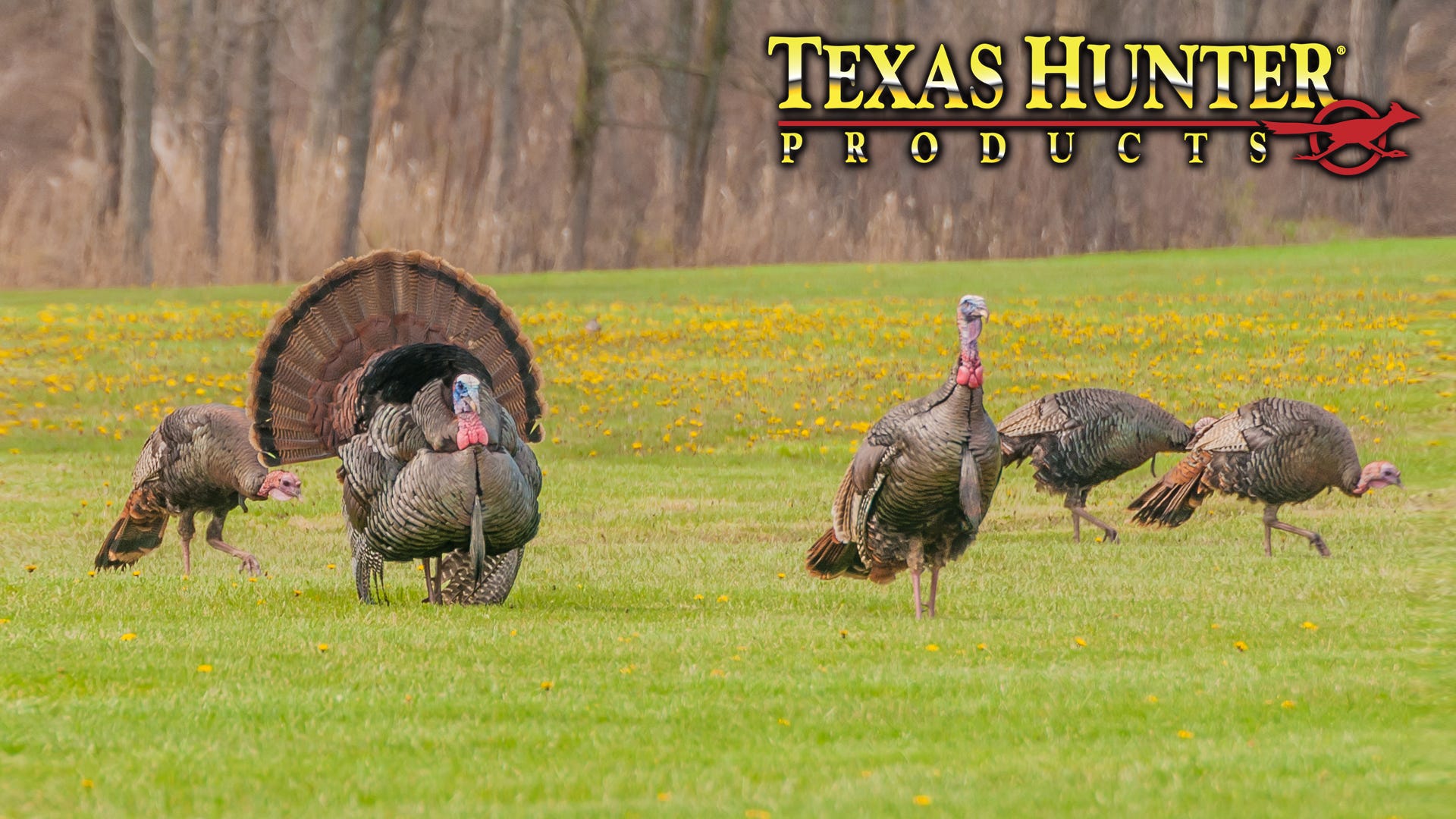- Mar 25, 2022
Sitting Dockside Podcast: Fish Habitat Part 2 of 3

Sitting Dockside Podcast - Episode 001- Fish Habitat
Brought to you by Private Water Natural Resources Association.
If you missed Part 1, read it here.
Dr. Brian Graeb: So let me talk about how we came at this question. So if this is a given the next question that comes up is, well, how much habitat do you need to put into a lake to actually get this effect? So we came up with some way to how do we link habitat quantity to some form of population dynamics, recruitment growth, mortality. Thanks for explaining recruitment. Typically, you know, it's spawning and surviving to about a year old, you know, they got to make it through several little bottlenecks. But it all comes back to spawning and getting through there.
Matt Rayl: I want to stop you here because there should be a drum roll. Because we have, we have wanted to know this question. We've thought we've kind of known the range, but you're the first person to be able to actually empirically bring this to the table, and really narrow that number down. So if there was a– if I had a drum, I'd be playing it right now. Because how much habitat do we need is important, and then you have data to prove this. So just to tell everybody out there how important this question is.
Dr. Brian Graeb: That's a big buildup. We haven't proved it. And we don't do that in science, but we have pretty good idea about it. But our question, how much do you need, for in our case, our productivity is growth. Drum roll. You know, we started at 20%. And we came up with that 20% number, that's– there are some studies out of Illinois, South Dakota, my old adviser Dave Willis did a great one and Texas actually on vegetation coverage in a lake and largemouth bass growth, reproduction and recruitment, and that 20% to 40% range kept popping up. It was a consistent number there. So we said, well, if that's what's needed for vegetation in younger fish, then if we're looking at structural complexity in older fish, that seems like a good number to start off with.
So we did a field experiment. We took one of our long-term research, like you mentioned, the grad student in Texas– we've actually had two grad students with PhD and a master's student working on this. And we went in and we figured there was somewhere between 4%, 5%, 6%, 7% of the lake that was in pretty decent quality habitat so we added enough more to get us up to about 20%. And then we intensively monitored the response of the lake for a couple years and then now about four more years on top of that.
And our habitat treatment because we wanted it to be permanent, you know, we came up with this idea of a fish city. So a fish city, you know, we put in this one consists of 17 different pieces of structural habitat you have, you know, you have tall structures out in deepwater, you have high density structures in the middle, structures that act as corridors to get from nearshore to offshore into the middle of the complex, low density structures on the outside. We tried to have a whole diverse array of different types of structures within this thing, all of it acting together as one unit.
So this is one fish city, one treatment. And in that 100-acre lake, we put out 23 of these spread out across the lake. So 23 of these as treatments. And by doing that, the impact we made, we figured we may impact about 13% of the shoreline. So that's how the science, that's how we tried to standardize this and then track it.
And I just want to show a couple results. So the next drum roll, did it work? Well, we had several years of pre habitat growth was really, really poor. And the first couple growing seasons after putting us in growth shot up, dramatic increase across all sizes.
Matt Rayl: It was really quick.
Dr. Brian Graeb: Very quick. And it was– within one growing season, we started to see responses. And the cool part is this wasn't just an artifact of the data, we started all of a sudden seeing consistently, nine, and we finally broke 10 pounds at the end of that first growing season after the habitat. So it wasn't just some of the data and statistics in here, we got to see this by the presence of larger fish. So it was good to see that on both sides of it.
So yeah, growth rates increase. And for us, this was our major productivity. We're producing more biomass, more flesh of largemouth bass by improving habitat and I'll talk about why in a minute. But some of the other things that popped out of this: Prey abundance, we tracked seasonally, Dorosoma, which is the shad species, gizzards and threadfin. And Lepomis, majority of it is bluegill, but there's also a few redears and occasional warm mouth and redbreast sunfish, but the vast majority of this is bluegill, but we lumped them into Lepomis.
So before that dotted line, so spring, summer, fall, spring, fall 2013 through 2014 we're bouncing along a relative abundance, this is electrofishing catch per unit effort of, you know, for Lepomis, it was you know, 30, 50 maybe up to 100 bluegill per hour of electrofishing. After the end of the first season, after putting the habitat in, everything shot up. So bluegill, by the fall of that first growing season, had more than doubled from anything we'd seen previously. And they stayed doubled, you know, we're getting up in the 400 or 500s.
Matt Rayl: Why?
Dr. Brian Graeb: Well, one of the hypothesis that that came out, and a lot of people ask this question at the start, was if you know, one of the ways habitat works is protection of young fish. So we think that it's spawning bluegills, the young get in the middle of this habitat structure and that it reduces their predation, when they're really, really tiny. And if you can reduce the predation rate, when there's that small and there's bazillions of them in a lake, you can have a pretty profound increase in their eventual recruitment into the fishery. So...
Matt Rayl: So you're saying they're able to get big enough to be sexually mature to have eggs. But before then, there was no place to hide. You're just– by the time you're a teenager, you're gone. Right? And ate, is what you're saying?
Dr. Brian Graeb: Well, they weren't gone. Our catch rates beforehand weren't that bad? I mean, 100 bluegill per hour of electrofishing is... it's not great, but it's not – it's not... but they were out there. But yeah, you're right. They were just– the predation rate was much, much greater, we think. Now this is some speculation in this part and there were some other folks in Oklahoma that have seen similar things. So we're– we feel pretty good about that. It has something to do with reduced predation risk.
Matt Rayl: OK.
Dr. Brian Graeb: And like I said, just tiny fractions of changes in predation rate can have huge effects on survival down the road.
Matt Rayl: And I'm going to get asked what is other prey? Just out of curiosity.
Dr. Brian Graeb: Oh, it was a primarily other invertebrates. So we had some – we had quite a bit of crayfish in there, dragonflies, damselflies, [0:19:50] [Crosstalk]...
Matt Rayl: Oh some small...
Dr. Brian Graeb: ...mayflies. It included three turtles, four or five snakes.
Matt Rayl: Oh, and then you know this but because you're taken like...
Dr. Brian Graeb: We – we, and when I say we, I mean the grad students, pumped – this is a four-year diet study, one of the longest diet studies I've ever seen for bass. Different sizes, all the seasons, they were pumping stomachs, sometimes hundreds, many hundreds of stomachs per season to get enough data to work with. So yeah, we'd catch a fish, bring it up, pump water down their stomachs, make them regurgitate the food and capture it in the sieve and preserve it, take it back to the lab and try to reconstruct what it was in the diet.
Matt Rayl: But the fishes were OK.
Dr. Brian Graeb: The fishes were just fine. They were...
Matt Rayl: They're just...
Dr. Brian Graeb: ...a little emptier after we're done with them. But...
Matt Rayl: Yeah, just a little hungry after that. So this is actually data from their stomachs.
Dr. Brian Graeb: Yes.
Matt Rayl: OK. All right. And so, and you have...
Dr. Brian Graeb: I'm sorry. This here isn't data from their stomach, but I'm about to show you that in a minute. But we did, we did data from their stomachs.
Matt Rayl: OK.
Dr. Brian Graeb: Just stay put. So here, this is all prey... See, I think this were just fish prey. So consumption, this is actually measuring individual fishes diets, taking that diet, weighing it, weighing the fish.
Matt Rayl: Oh.
Dr. Brian Graeb: Making it kind of a specific standardized comparison. So it's basically index of stomach fullness, how much the fish is consuming. So– and then these are small... the scale is pretty small and the differences are pretty small. But the thing with consumption is energetically, small changes in consumption have huge effects on fish because cold blooded, you know their energetic demands aren't all that great, so small changes in consumption can have big effects on growth.
So as a population, all sizes combined, we did see a bump but we looked at this a little bit closer for smaller size classes, so 10 to 15 inches, almost no difference between the two before– pre habitat and post habitat. But differences really become stark at 15 to 20 inches and then above 20 inches. We got a huge effect. And the error bars are pretty big on this, the sample sizes are low but it was it was pretty consistent.
So the take home from this is largemouth bass were simply eating more food, prey fish in this case, after we put the habitat in than before. So that's what's really going on, at least the initial bump. And it was coincident or serendipity maybe, the my old advisor, my master's advisor in Illinois who was working on similar types of things in small mesocosms, you know little tiny ponds and they are looking at natural brushand largemouth bass foraging efficiency, how effective they are at capturing bluegill and other prey.
And they found their results were well in line with this. The more habitat they had in one of their mesocosms, the more bass– or more bluegill that a bass would consume because they're better able to capture them. So there's something about being in the proximity of structurally complex habitat that makes a bass a more effective predator. They're just better able to capture and hold and consume prey fish in this case.
Matt Rayl: Not only did it make more prey fish, it also allowed the bass to eat those prey fish once that abundance increases, right?
Dr. Brian Graeb: Exactly, yeah.
Matt Rayl: OK. Well, that's pretty cool.
Dr. Brian Graeb: And that's always stumping us before that. That's kind of how we fell into the habitat world. Because I showed you the before data, we had quite a few bluegill and quite a few shad and they would kind of cycle through. But we had quite, I mean, we had a lot of crayfish, and bass growth rates before habitat still were horrible. And we'd looked at, we'd kind of eliminated everything else. So we finally got into the habitat world and that's what kick-started this whole new line of research and it's consumed me the last six years. It's been a blast, but...
OK. And the fun thing, we continue to work in this system and it's been a sustained response. So, it is the only one lake that we're intensively studying, we've repeated this now in a lot of other lakes but this one's longer term. So we're about five or six years now past, post habitat. We've had floods, we've had droughts, we've had vegetation come back and cycle through as it does. Largemouth bass have remained consistent, you know, seasonally variable 30 to 100 per hour of electrofishing. One of the concerns was what they– they have too much survival on them when they get really high density and start to stunt and so far that hasn't happened. Knock on wood.
But the coolest thing that I'd look at when I dropped the boat in every fall, spring, summer is what are the bluegill doing. And they remain higher. Our most recent samples, spring, fall 2018, we just wrapped up a couple weeks ago down there, they're still in this range of 400 or 500, 600, sometimes 800 bluegill per hour of electrofishing. So bluegill...
Matt Rayl: And what's a normal, I mean per hour of largemouth with electrofishing, what's an average Mendoza Line of bluegill per hour?
Dr. Brian Graeb: This will get me in trouble with– everybody kind of has their own opinion. Across the latitudes, South Dakota, Minnesota on down south, my management target for when I'm managing a high quality bass fishery is I want to have largemouth bass catch rates 50 and below, you know, in the springtime, typically when we index our abundance. And I want to have bluegill abundance 200 per hour and higher as sort of a baseline, and then if I'm going for high quality or trophy lake I want to try to get 400 or more per hour of electrofishing. But those are my numbers. There's regional standards, regional averages out there to look at.
Matt Rayl: Well, yeah, we understand, but we're not holding you, holding you to it. We're just trying to say, hey, man, you know, like, let's compare whether you have...
Dr. Brian Graeb: Yeah.
Matt Rayl: A normal pond, a normal lake and see yeah, and did – but if you're managers, he needs to take a little bit of time, of how much time he has his foot on that pedal, because that abundance of fish is just as important as the size of fish too. But that's a totally different talk somewhere else. I just wanted to make sure we hit on that.
Dr. Brian Graeb: Sure, sure. And in pictures, you know, continue to, so we continue to see consistently every year 10, 11 the biggest fish we've seen so far is just under 12 pounds. We did catch one girl down here in the bottom right that was 25.1 inches long, the biggest, the longest bass I've ever may heard. And she should have been about... she's huge. She should have weighed a lot more than she did, but I think she was getting old and senescing and just going through her natural dyeing process but she was ancient.
Matt Rayl: That fish right there could eat a Yorkie, you know what I mean?
Dr. Brian Graeb: Yeah.
Matt Rayl: It is the biggest mouth I've ever seen. It was something else.
Dr. Brian Graeb: It's the coolest, coolest fish I've ever electrofish, that was– she was something.
Matt Rayl: That's neat.
Dr. Brian Graeb: OK, and then... oh, go ahead. Sorry.
Matt Rayl: No, I was going to hit on you actually radiotagged some fish.
Dr. Brian Graeb: Yeah.
##
If you missed Part 1, read it here. Please join us again for Part 3 now available.
"Sitting Dockside" is Real Talk about Ponds & Lakes with Pond and Lake Management Experts sharing their first-hand knowledge. Its purpose is to educate pond and lake owners and lake management professionals. Matt Rayl, the host, a pond and lake professional with over 20 years of experience in the industry. If you have a pond or lake this is great place to listen and learn dockside from pond and lake management experts.
Have questions or want to share your thoughts on this subject? Join their Facebook Community.
Want help within your area with your pond or lake Aquatic vegetation and more? Check out the trusted industry sponsors at the P.W.N.R.A Sponsor Directory.
Golden Sponsor: Society of Lake Management Professionals
Please support this show and Private Water Natural Resources Association




